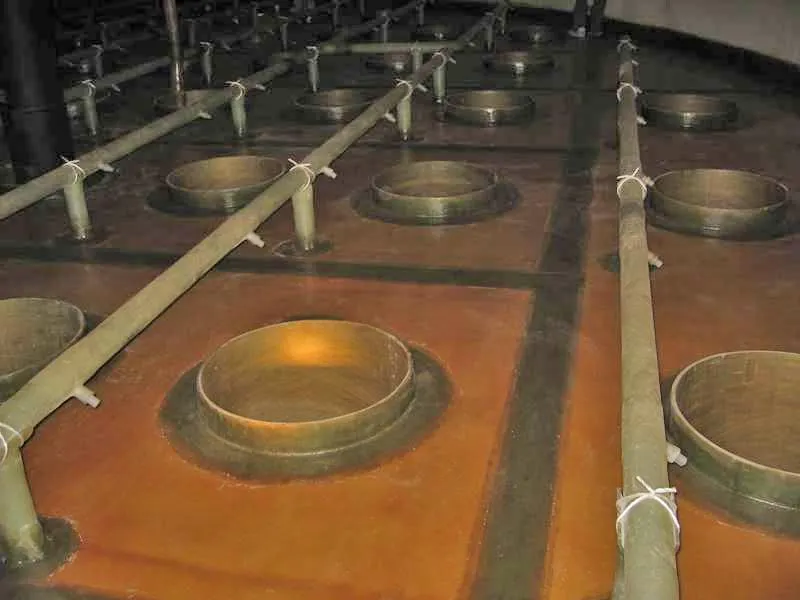
-
 Afrikaans
Afrikaans -
 Albanian
Albanian -
 Amharic
Amharic -
 Arabic
Arabic -
 Armenian
Armenian -
 Azerbaijani
Azerbaijani -
 Basque
Basque -
 Belarusian
Belarusian -
 Bengali
Bengali -
 Bosnian
Bosnian -
 Bulgarian
Bulgarian -
 Catalan
Catalan -
 Cebuano
Cebuano -
 China
China -
 China (Taiwan)
China (Taiwan) -
 Corsican
Corsican -
 Croatian
Croatian -
 Czech
Czech -
 Danish
Danish -
 Dutch
Dutch -
 English
English -
 Esperanto
Esperanto -
 Estonian
Estonian -
 Finnish
Finnish -
 French
French -
 Frisian
Frisian -
 Galician
Galician -
 Georgian
Georgian -
 German
German -
 Greek
Greek -
 Gujarati
Gujarati -
 Haitian Creole
Haitian Creole -
 hausa
hausa -
 hawaiian
hawaiian -
 Hebrew
Hebrew -
 Hindi
Hindi -
 Miao
Miao -
 Hungarian
Hungarian -
 Icelandic
Icelandic -
 igbo
igbo -
 Indonesian
Indonesian -
 irish
irish -
 Italian
Italian -
 Japanese
Japanese -
 Javanese
Javanese -
 Kannada
Kannada -
 kazakh
kazakh -
 Khmer
Khmer -
 Rwandese
Rwandese -
 Korean
Korean -
 Kurdish
Kurdish -
 Kyrgyz
Kyrgyz -
 Lao
Lao -
 Latin
Latin -
 Latvian
Latvian -
 Lithuanian
Lithuanian -
 Luxembourgish
Luxembourgish -
 Macedonian
Macedonian -
 Malgashi
Malgashi -
 Malay
Malay -
 Malayalam
Malayalam -
 Maltese
Maltese -
 Maori
Maori -
 Marathi
Marathi -
 Mongolian
Mongolian -
 Myanmar
Myanmar -
 Nepali
Nepali -
 Norwegian
Norwegian -
 Norwegian
Norwegian -
 Occitan
Occitan -
 Pashto
Pashto -
 Persian
Persian -
 Polish
Polish -
 Portuguese
Portuguese -
 Punjabi
Punjabi -
 Romanian
Romanian -
 Russian
Russian -
 Samoan
Samoan -
 Scottish Gaelic
Scottish Gaelic -
 Serbian
Serbian -
 Sesotho
Sesotho -
 Shona
Shona -
 Sindhi
Sindhi -
 Sinhala
Sinhala -
 Slovak
Slovak -
 Slovenian
Slovenian -
 Somali
Somali -
 Spanish
Spanish -
 Sundanese
Sundanese -
 Swahili
Swahili -
 Swedish
Swedish -
 Tagalog
Tagalog -
 Tajik
Tajik -
 Tamil
Tamil -
 Tatar
Tatar -
 Telugu
Telugu -
 Thai
Thai -
 Turkish
Turkish -
 Turkmen
Turkmen -
 Ukrainian
Ukrainian -
 Urdu
Urdu -
 Uighur
Uighur -
 Uzbek
Uzbek -
 Vietnamese
Vietnamese -
 Welsh
Welsh -
 Bantu
Bantu -
 Yiddish
Yiddish -
 Yoruba
Yoruba -
 Zulu
Zulu
grp cover
Understanding GRP Cover Revolutionizing Material Protection
In today's fast-paced world, protective materials play a critical role across various industries, and one standout option is GRP (Glass Reinforced Plastic) cover. Known for its exceptional strength-to-weight ratio, GRP offers a durable solution for numerous applications, ranging from construction to automotive manufacturing, and even in decorative façades.
What is GRP Cover?
GRP cover is made by incorporating glass fibers within a plastic matrix, primarily resin. This combination enhances the material's structural integrity, providing remarkable resistance to environmental factors such as moisture, chemicals, and UV rays. As a result, GRP covers are increasingly being adopted in settings that demand long-lasting protection without the added weight of traditional materials like metal or concrete.
Applications of GRP Cover
GRP cover can be found in a myriad of applications. In the construction industry, it is often used for roofing, cladding, and as a protective layer for various surfaces. Its lightweight nature simplifies transportation and installation, making it a preferred choice for many contractors. Additionally, the aesthetic versatility of GRP means it can be molded into various shapes and finishes, catering to both functional and design needs.
grp cover

In the automotive sector, GRP covers are utilized in vehicle body parts and interiors, providing enhanced durability while reducing overall weight, which is crucial for fuel efficiency. Moreover, the marine industry benefits from GRP due to its resistance to corrosion from saltwater and other harsh conditions, making it ideal for boat hulls and other components subjected to extreme environments.
Advantages of GRP Cover
The benefits of using GRP cover are extensive. Apart from its significant resistance to environmental stressors, GRP is also a cost-effective option. Although the initial investment may be slightly higher than traditional materials, the longevity and low maintenance requirements of GRP lead to reduced costs over time. This makes it an appealing choice for businesses looking to optimize operational expenditures.
Furthermore, GRP is environmentally friendly in comparison to other synthetic materials. Its production process minimizes waste, and many manufacturers are now adopting sustainable practices, making GRP an eco-conscious option.
Conclusion
In conclusion, GRP cover represents a transformative advancement in material protection. With its lightweight composition, enhanced durability, and myriad applications, it has become a go-to solution across various sectors. As industries continue to seek innovative materials that offer both performance and sustainability, GRP cover is poised to remain at the forefront, driving efficiency and redefining standards of protection. As we move forward, understanding and embracing such materials will be vital in meeting the challenges of modern manufacturing and construction.









